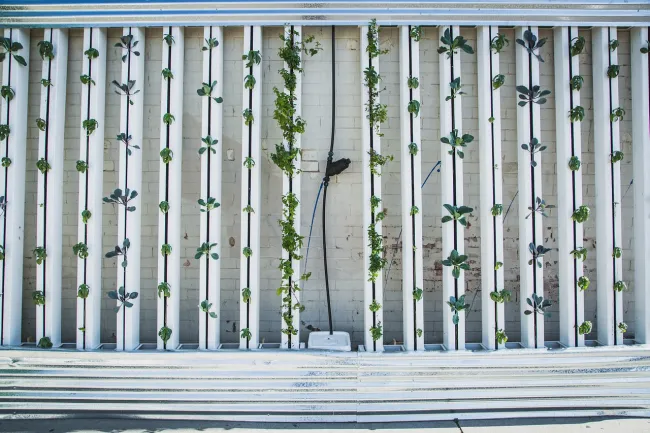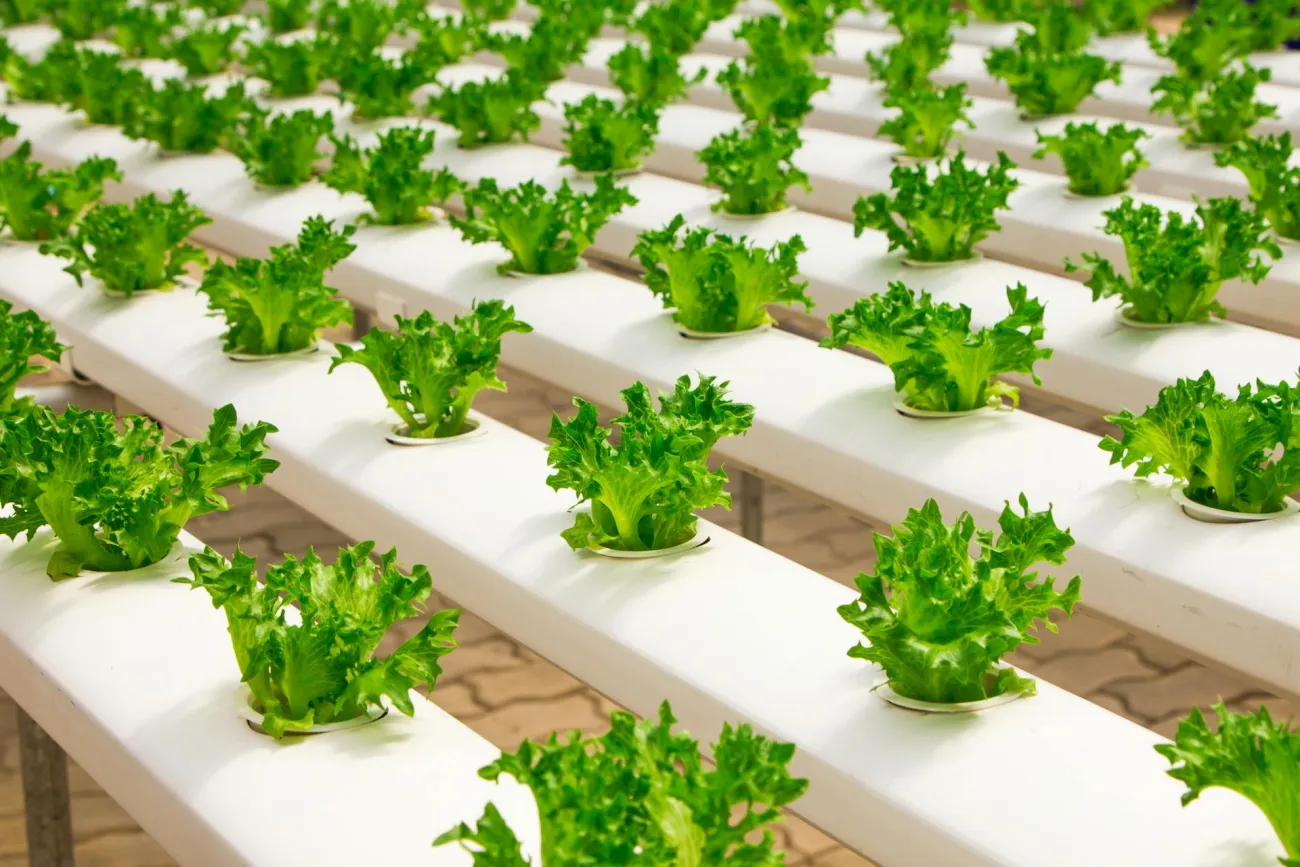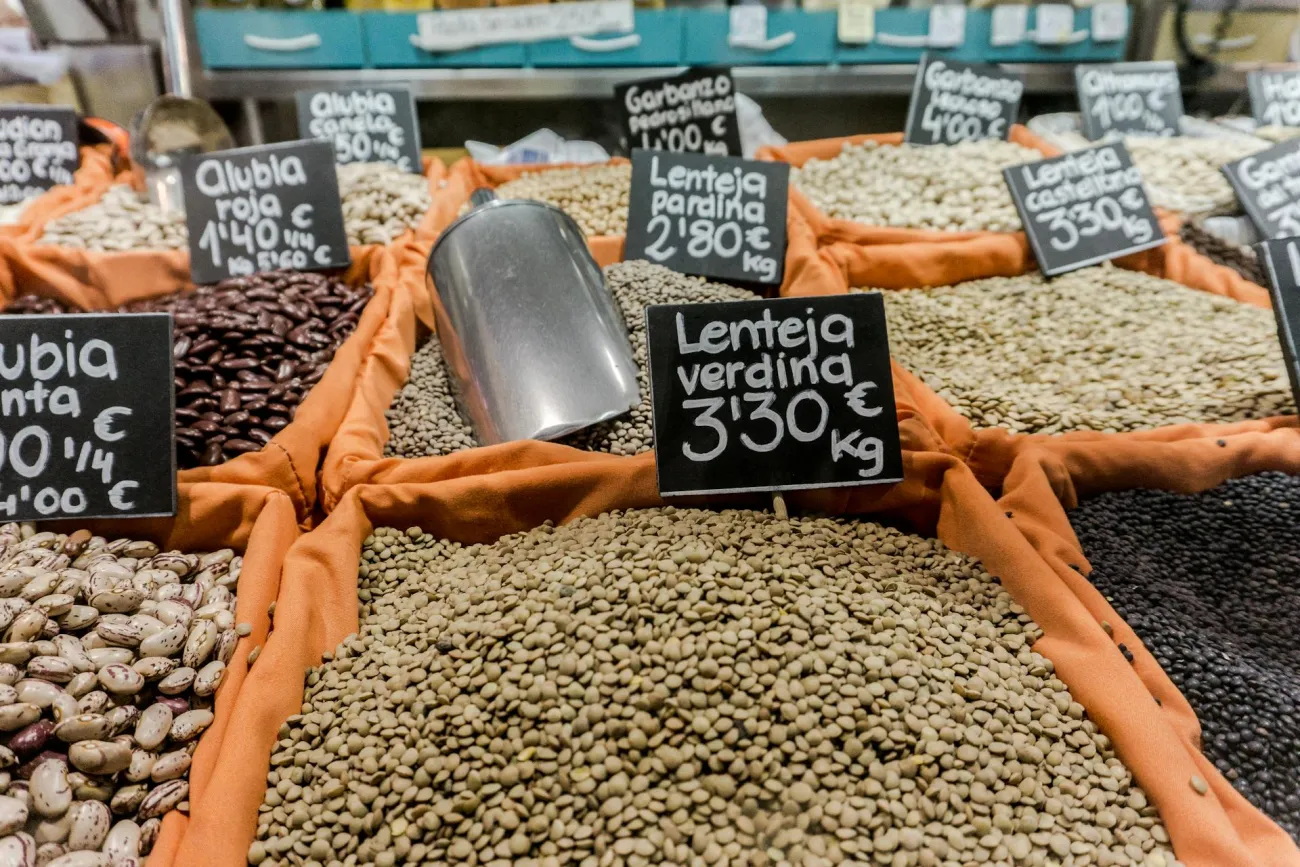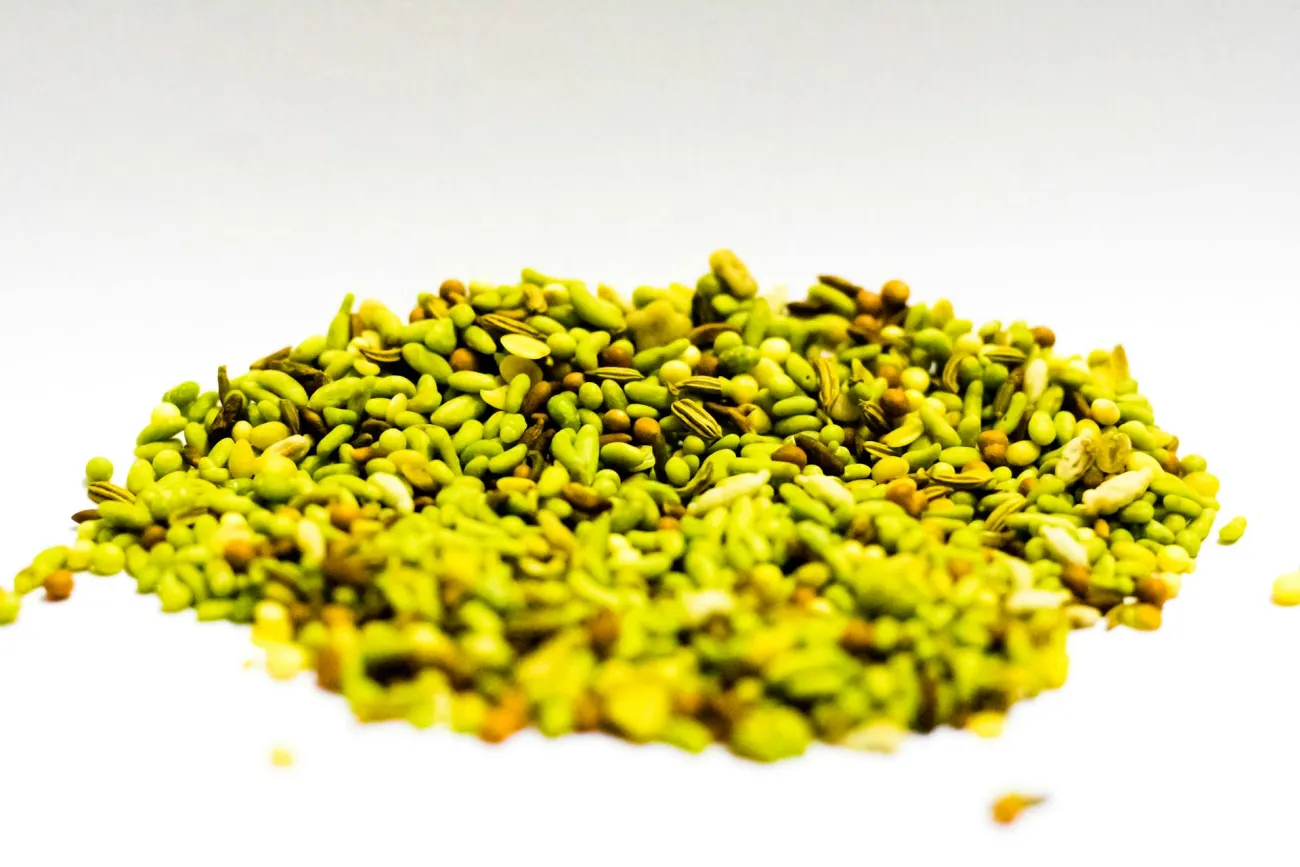This paper discusses the state of the art in indoor vertical farming systems (VFS) as well as future challenges in areas such as product quality, automation, sustainability and socio-economic context.

To improve crop growth, the paper notes that Liebig’s law of the minimum must be applied - that is, repeatedly identifying the factor that limits growth and working to optimise that. Factors discussed include fraction of light intercepted by the crop, light distribution, leaf photosynthesis, and directing the products of photosynthesis into valuable products (for example, leaf growth, as opposed to root growth, is most desirable in salad greens).
On product quality, the paper notes that the relationship between growing conditions and the state of the product (e.g. higher nutritional quality or reduced leaf browning) is complex, but that there is great scope for optimising growth conditions in VFS, for example by tailoring the wavelengths of light used.
Potential benefits of using automation and robotics in VFS include the ability to grow plants under more extreme conditions than when people work in VFS (such as using UV light, higher humidity and higher CO2 levels), less walking space needed, and less chance of plant diseases being passed on. Deep learning allows robots to handle delicate tasks such as gripping crops.
While the enclosed nature of VFS limits their direct environmental impact, VFS do use more energy than open-field agriculture. VFS tend to be economically suited to producing high-value crops that would otherwise be grown in a greenhouse - hence, the paper argues that the most appropriate comparison of sustainability is between VFS and greenhouses. The carbon footprint of VFS depends strongly on the source of electricity used.
Socio-economic impacts of VFS appear to be mixed and depend heavily on the local context. Public acceptance of VFS is fairly low in comparison to, say, rooftop gardens (with the exception of some Asian countries such as Japan and South Korea), possibly because of the use of terms such as “plant factories”. The authors note that current economic conditions mean it may be easy for VFS to raise venture capital, but difficult for VFS to run profitable operations.
Abstract
Vertical farming can produce food in a climate-resilient manner, potentially emitting zero pesticides and fertilisers, and with lower land and water use than conventional agriculture. Vertical farming systems (VFS) can meet daily consumer demands for nutritious fresh products, forming a part of resilient food systems—particularly in and around densely populated areas. VFS currently produce a limited range of crops including fruits, vegetables and herbs, but successful implementation of vertical farming as part of mainstream agriculture will require improvements in profitability, energy efficiency, public policy and consumer acceptance. Here we discuss VFS as multi-layer indoor crop cultivation systems, exploring state-of-the-art vertical farming and future challenges in the fields of plant growth, product quality, automation, robotics, system control and environmental sustainability and how research and development, socio-economic and policy-related institutions must work together to ensure successful upscaling of VFS to future food systems.
Reference
van Delden, S.H., SharathKumar, M., Butturini, M., Graamans, L.J.A., Heuvelink, E., Kacira, M., Kaiser, E., Klamer, R.S., Klerkx, L., Kootstra, G. and Loeber, A., 2021. Current status and future challenges in implementing and upscaling vertical farming systems. Nature Food, pp.1-13.
Read the full paper here. See also the TABLE explainer How can we reduce food-related greenhouse gas emissions? and the TABLE blog Spotlight on urban, vertical and indoor agriculture.




Comments (0)